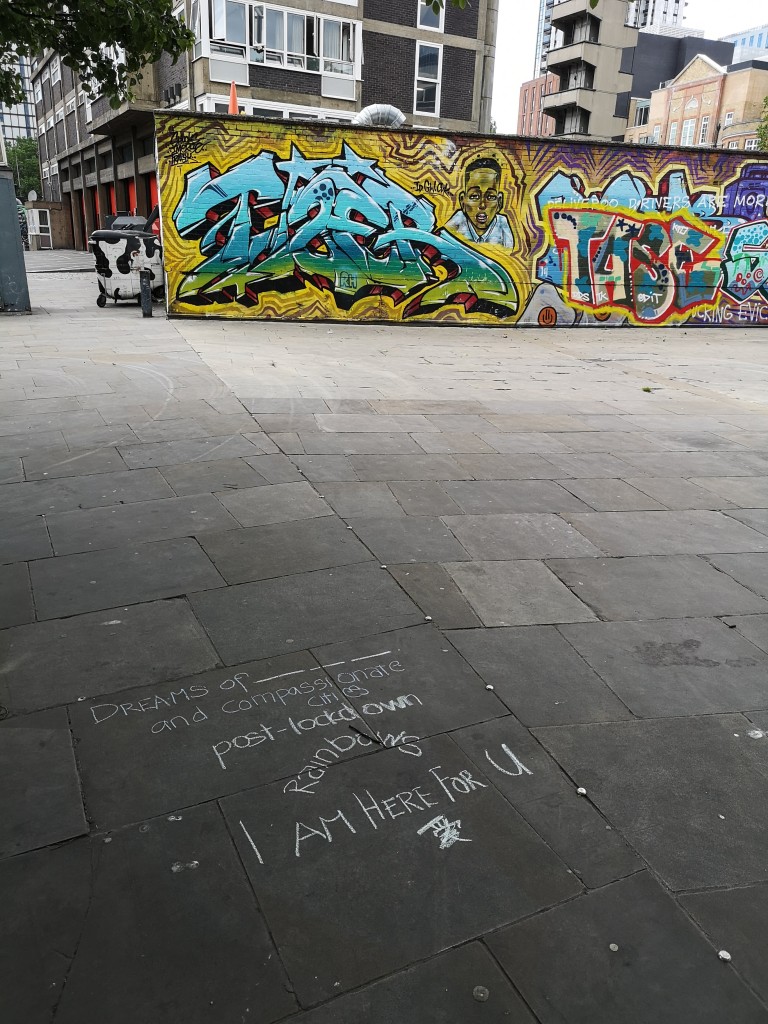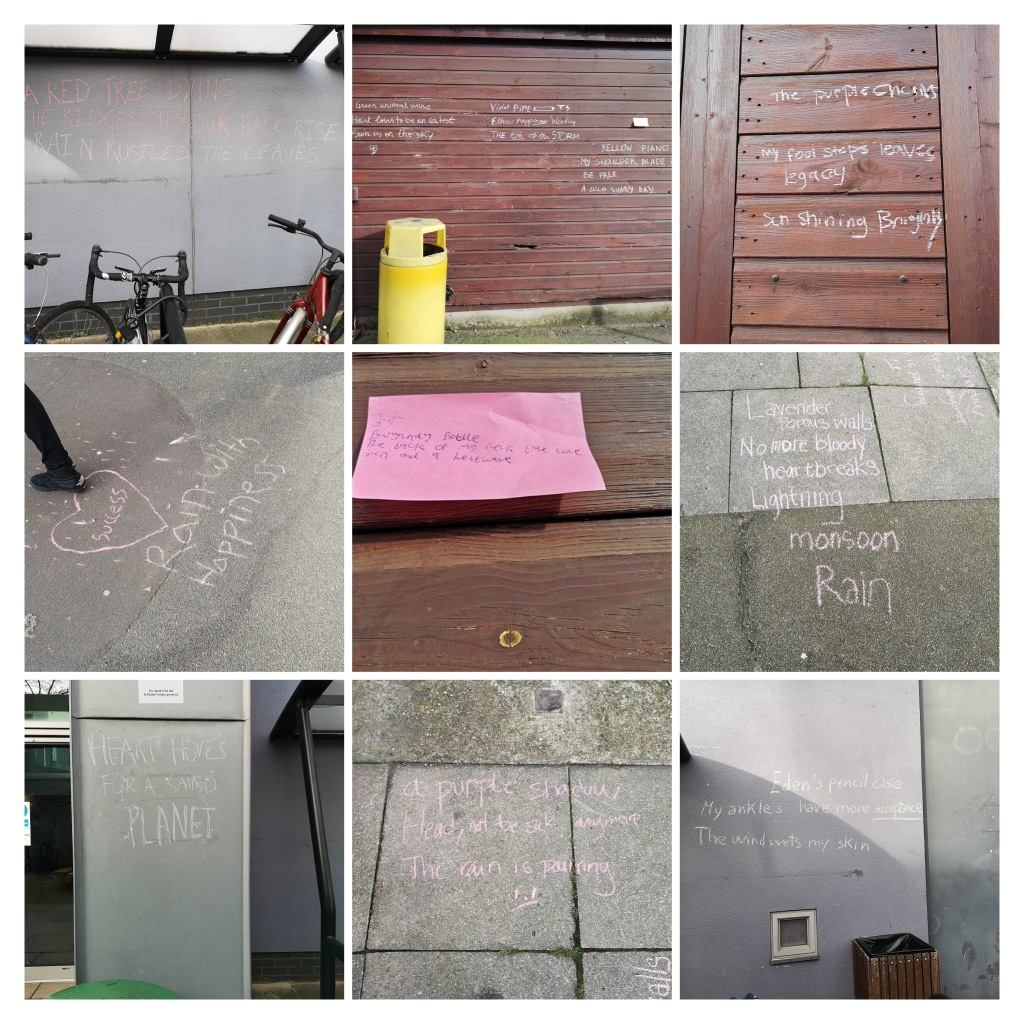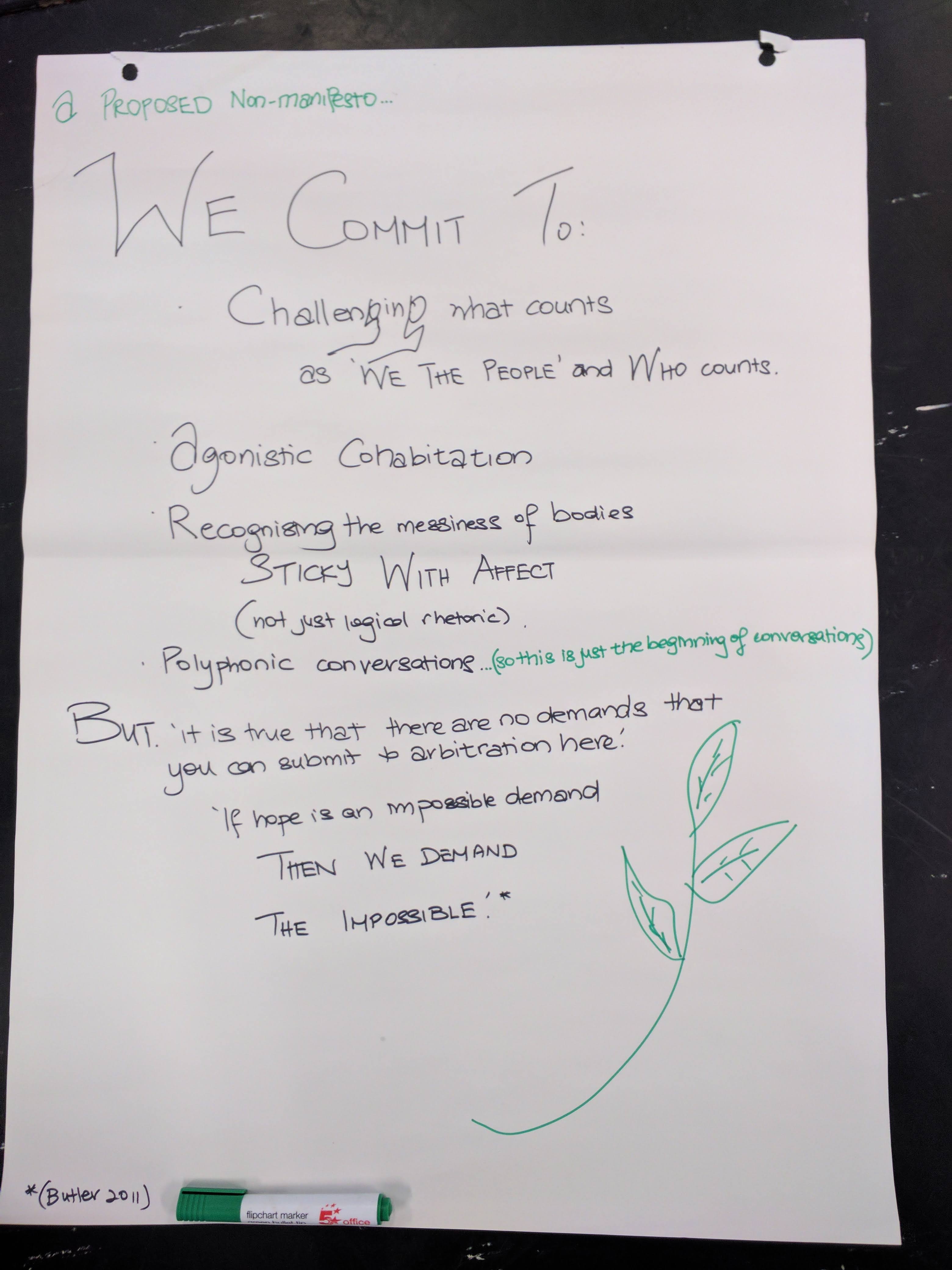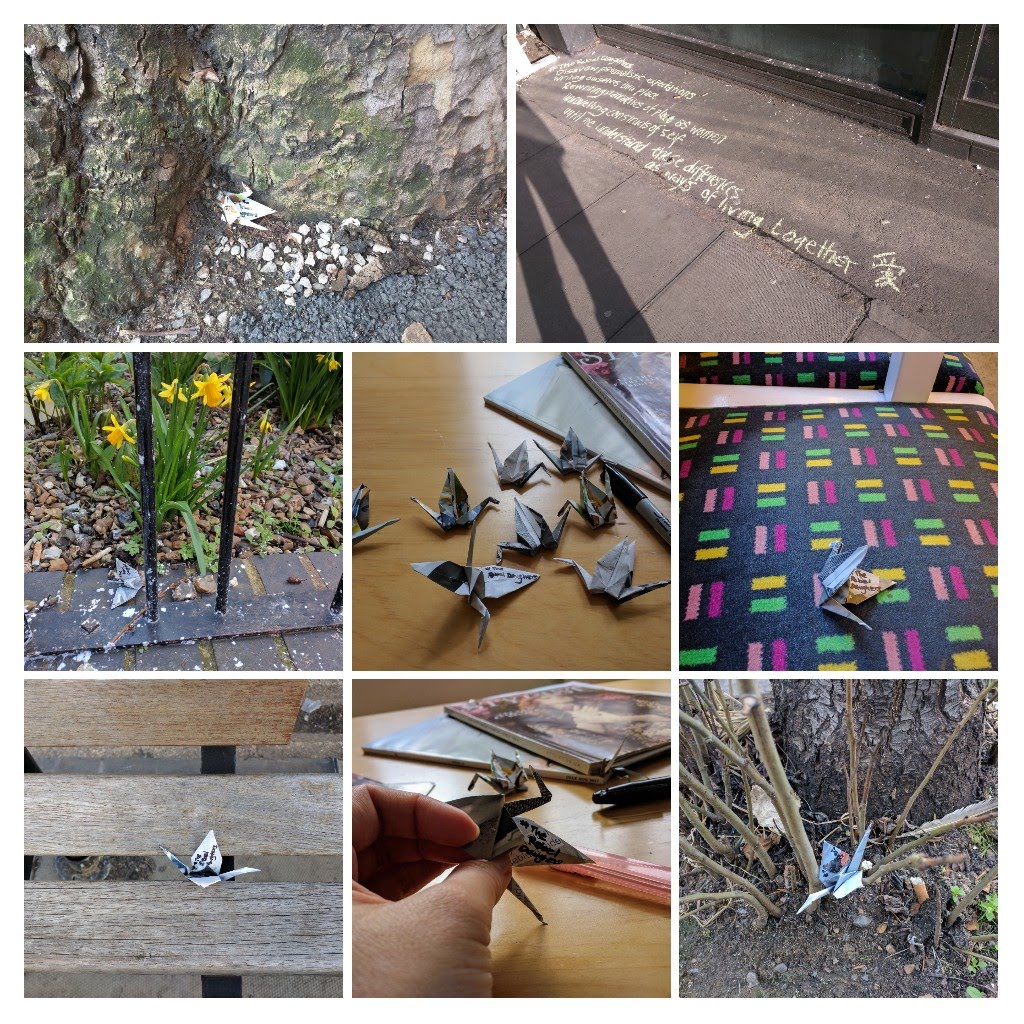Thoughts, questions, reflections
after TaPRA PG Symposium 2017 at University of Leeds
‘Silence stalks me’, she says.
How much alignment does a politician need between campaign promises
and what is actually delivered to leave a heroic legacy?
The performance of authenticity is not reliability.
Charisma is not indicative of wisdom
or the selfless ability to serve.
What qualifies as an excess of performance in politics?
What performances do we expect of politicians?
Let us unfetter language as we tune down the affect of sound
Silence apportions space.
Someone once said, ‘Silence is possible in an anechoic chamber,
but not with John Cage in it’.
The noise of our bodies, together, in space.
‘Does silence break word or do these words break silence?
You can choose silence but it never chooses you’
Can we dialogue through silence when words,
once articulated,
destroy all other potential words held in silence?
What is the ghost that lingers
in iconic theatres?
Can the national ever be separated from the historical?
Is the unfinished business Shakespeare’s,
Polykleitos the Younger who built the ancient theatre of Epidaurus,
or the people’s?
A longing for some place they lost…
…
‘One day, in the future, the chicken will become the most studied fossil’
for anthropologists.
How can we create art politically when
politics threatens to turn art into propaganda?
What invocations do we make with the pilgrimage to monumental places?
How does the anywhereness of convergent media
exacerbate our addiction to extract only that which is relevant to our lives?
To reduce what we experience to make meaning of it?
Can we stop wanting to win?
How does responsive design attend to meritocracy’s losers?
Must we be cruel to be invulnerable?
In other words,
can we play without being vulnerable?
‘The blog became a rear-view mirror’,
she reads for the author who is absent,
‘a space where the road behind me constantly foregrounded the road ahead
and the past was always present in the future’ (Pinchbeck 2016).
Can it be a meeting place where only one writes?
Is there place for conversations in a blog?
The journey we make is part of the ghosting
of place and places to be.
If you wait for something to be there for you,
it won’t be.
You have to make it up.






